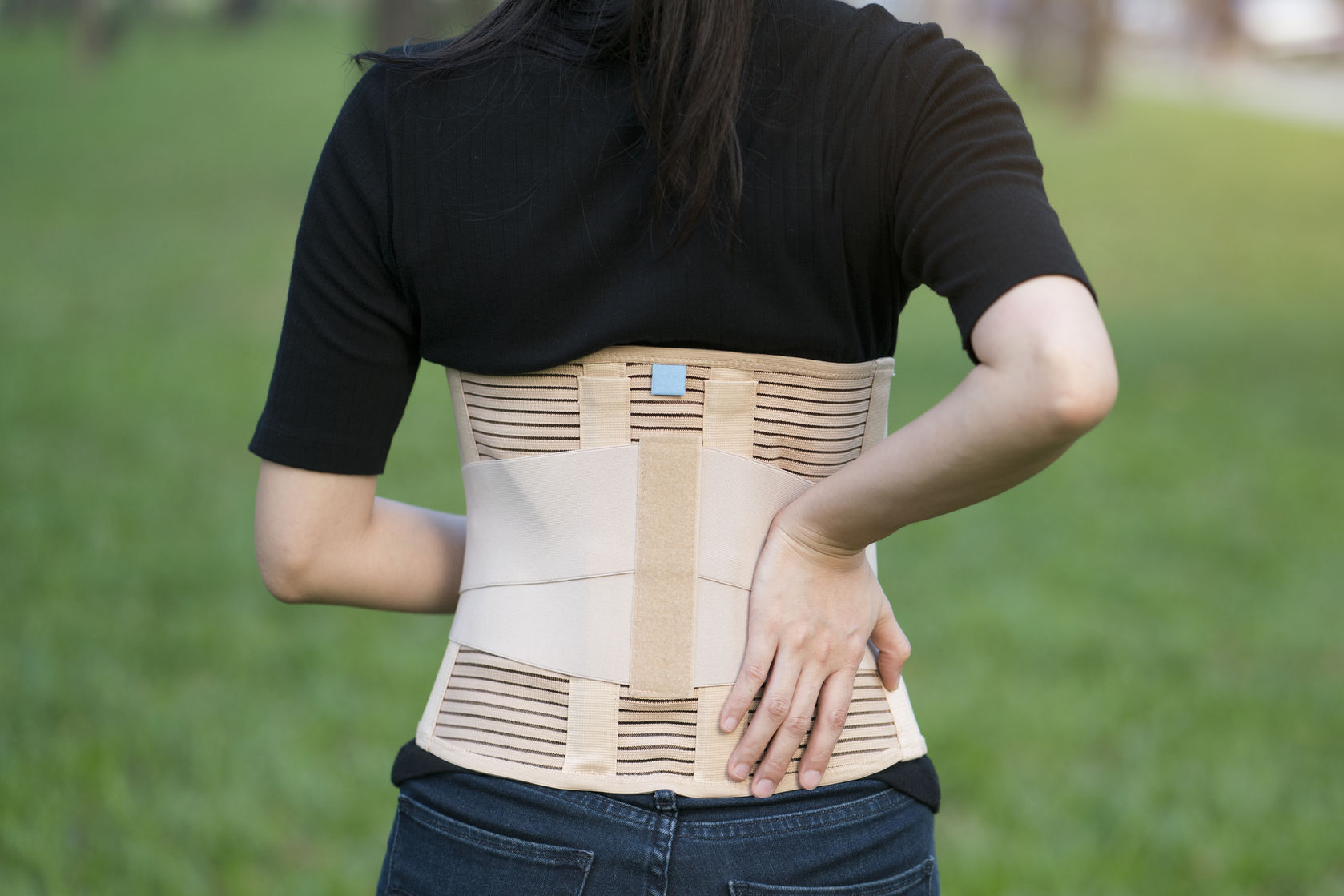
A back brace is a supportive device that can provide relief from back pain, improve posture, and aid in recovery. It’s also a valuable solution to preventing back pain or damage. Most back braces feature elastic compression bands and come in a variety of sizes. If you’re experiencing challenges associated with your back or posture, you might be wondering if you should be wearing a back brace. Read on for some signs you might benefit from this supportive wearable.
Table of Contents
1. Muscle Strain or Spasms
One of the most common causes of lower back pain is muscle strain. This strain can often trigger muscle spasms caused by inflammation and irritation. Often certain movements can worsen the pain. The movements can be common as you navigate through your day-to-day or happen during work or exercise. Either way, a back brace can be beneficial in relieving that pain and minimizing muscle spasms.
2. Challenges with Posture
Pain in the spine can be a sign of improper posture. Some common contributions to improper posture include sitting continuously for long periods of time, sleeping on an unsupportive mattress, or not keeping your head and shoulders aligned. Wearing a back brace can help you maintain proper alignment and improve your overall posture to reduce pain.
3. A Curvature of the Spine
For those who suffer from scoliosis, an abnormal spine curvature, a back brace can help. Scoliosis is a condition often seen in children and a back brace is worn to correct the spine as it is still developing. When untreated, scoliosis can lead to pain and deformity of the hips, shoulders, prominent ribs, and waist. It also increased the risk of heart and lung damage.
4. Lower Back Pain
In some instances, you may be experiencing pain in your lower back that doesn’t feel quite like a muscle strain. You might notice a numbing or tingling sensation or weakness in your lower back region. It could lead to difficulties with walking, bending, or lifting. A back brace can help you find relief and minimize the movements causing your pain so you can heal the area.
5. Mobility Issues from Common Spinal Conditions
There are several spine conditions that weaken your mobility and make it difficult to navigate as you normally would. Some examples include osteoarthritis, isthmic spondylolisthesis, spinal stenosis, vertebral compression fracture, or degenerative disc disease. Wearing a supportive back brace can take pressure off certain parts of the spine and allow you to move around more easily. The alleviated pressure will make you feel more comfortable as well so you don’t have to suffer through the pain.
6. Healing Following Surgery
Back braces are commonly recommended following spinal surgery. When recovering from surgery, it’s important to limit movement. With an area of the body such as the back, even if you’re resting in bed, there are common, simple movements that can leave you in pain. A back brace reduces pressure on the spine and limits your movements so you don’t cause damage. This allows your back and spine to properly heal from the surgery and recover more safely.
7. Seeking to Prevent Injury
While it is common to need a back brace due to pain or conditions, many people choose to wear back braces as a preventative measure. Specifically, people wear back braces if their work poses a risk to their back health. For work duties that require heavy lifting and bending or even jobs that require standing for long periods of time, a back brace provides much-needed support.
Especially for individuals whose work relies solely on their physical health, it’s a good idea to take preventative measures. A back brace is a great solution to not only preventing serious injury but also avoiding common tension and minor pain that’s uncomfortable.
Conclusion
Back pain can feel excruciating and feel debilitating. It seems unavoidable but a back brace is a perfect option for finding the relief you need without causing further damage. Always make sure whichever back brace you choose to purchase is being worn correctly and fits comfortably. It’s essential to ensure accuracy to avoid causing further damage to the area.
With the exception of preventative measures, wearing a back brace may not be a long-term solution. If you continue to experience pain in your back and don’t already visit a doctor for a chronic condition, you will want to reach out to your primary care physician to discuss the pain you’re experiencing.
Originally posted 2022-10-21 01:27:31.